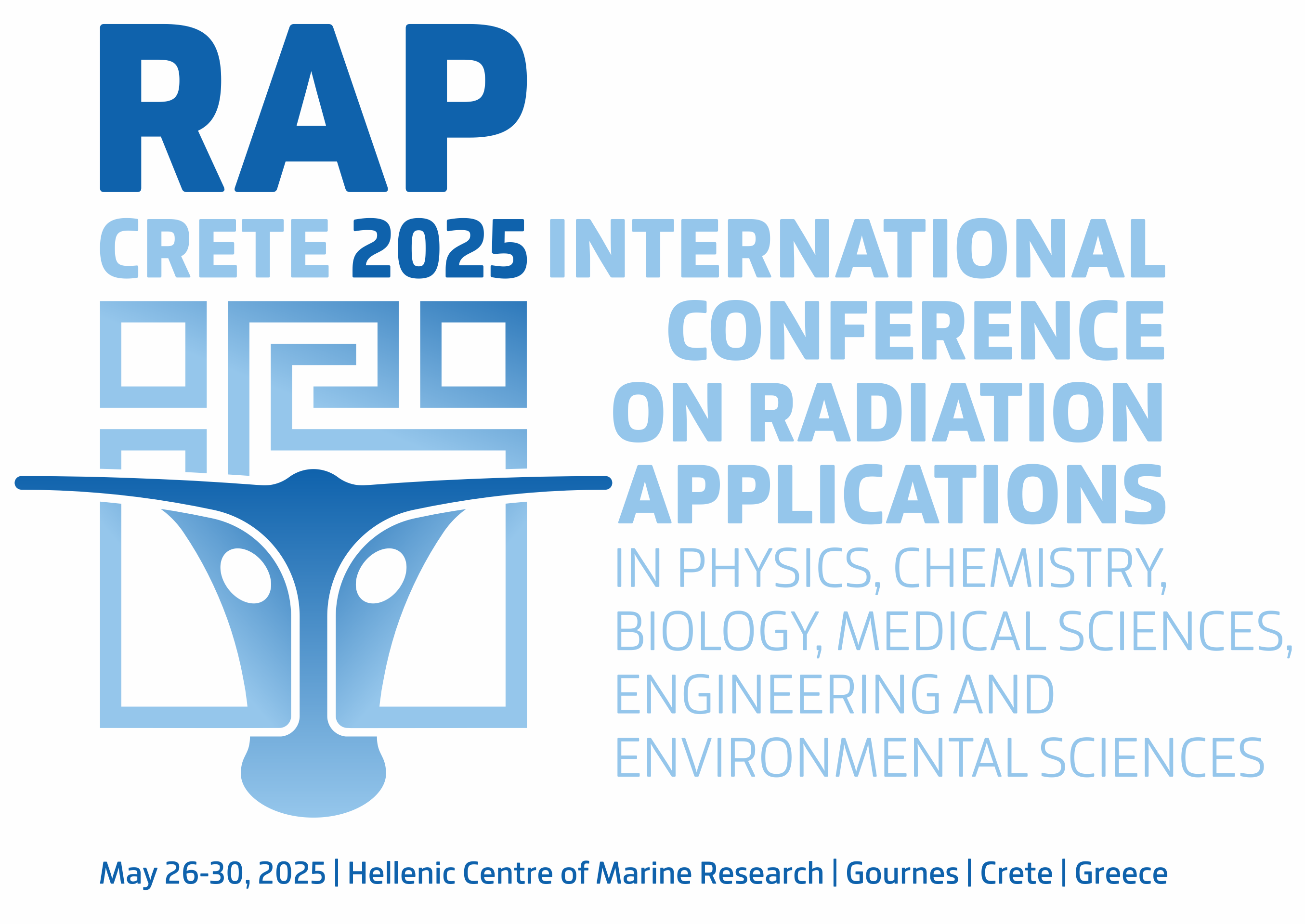Vol. 8, 2023
Radiation Protection
MONITORING OF 210Po AND URANIUM IN VEGETABLES AND FRUITS IN KUWAIT
Aishah Alboloushi, Omar Alboloushi
Pages: 5-7
DOI: 10.37392/RapProc.2023.02
Abstract | References | Full Text (PDF)
Polonium-210 and uranium were monitored in most consumed vegetables and
fruits in Kuwait following two validated procedures (radiochemical
separation and then measurements using alpha spectrometry). The highest
210Po activity concentration was found in dates and bananas
(111.4±25 and 107±16 mBq/kg respectively), while the lowest was monitored in
green pepper (12 ± 2 mBq/kg). Uranium radioisotopes were below minimal
detectable activity (0.25 Bq/kg). The importance of the study can be linked
to the high local consumption of imported fruits and vegetables from
different countries with different nuclear histories in addition to the
fact that most Kuwaitis are being vegetarians nowadays. Conclusively,
radiological data for natural alpha emitters have been established for
fruits and vegetables in Kuwait, and they were found to agree with
international similar data confirming their radiological safety. Future
studies will be done determining gamma emitters in fruits and vegetables,
in addition to the seafood analysis because it is the 1st source of
210Po incorporation.
- Natural and induced radioactivity in food, IAEA-TECDOC-1287, IAEA, Vienna, Austria, 2002.
Retrieved from: https://www.iaea.org/publications/6291/natural-and-induced-radioactivity-in-food
Retrieved on: Sep. 17, 2022 - F. Carvalho et al., The Environmental Behaviour of Polonium, Tech. Rep. Series no. 484, IAEA, Vienna, Austria, 2017.
Retrieved from: https://www.iaea.org/publications/10845/the-environmental-behaviour-of-polonium
Retrieved on: Sep. 17, 2022 - J. Alexander et al., “Uranium in foodstuffs, in particular mineral water,” EFSA J., vol. 7, no. 4, 1018, Apr. 2009.
DOI: 10.2903/j.efsa.2009.1018 - K. D. Arunachalam et al., “Ingestion of Polonium (210Po) via dietary sources in high background radiation areas of south India,” Int. J. Radiat. Biol., vol. 90, no. 10, pp. 867 – 875, Oct. 2014.
DOI: 10.3109/09553002.2014.922720
PMid: 24844373 - I. Louw, A. Faanhof, D. Kotze, “Determination of Polonium-210 in various foodstuffs after microwave digestion,” Radioprotection, vol. 44, no. 5, pp. 89 – 95, 2009.
DOI: 10.1051/radiopro/20095022 - S. Sdraulig, B. Orr, D. Urban, R. Tinker, Radiation doses from the average Australian diet, Tech. Rep. 181, ARPANSA, Melbourne, Australia, 2019.
Retrieved from: https://www.arpansa.gov.au/sites/default/files/tr181.pdf
Retrieved on: Sep. 17, 2022 - L. Zikovsky, “Determination of uranium in food in Quebec by neutron activation analysis,” J. Radioanal. Nucl. Chem., vol. 267, no. 3, pp. 695 – 697, Mar. 2006.
DOI: 10.1007/s10967-006-0106-9 - F. Monroy-Guzmán, “Isolation of uranium by anionic exchange resins,” J. Chem. Chem. Eng., vol. 10, no. 2, pp. 90 – 95, 2016.
DOI: 10.17265/1934-7375/2016.02.005 - A Procedure for Determination of Po-210 in Water Samples by Alpha Spectrometry, IAEA/AQ/12, IAEA, Vienna, Austria, 2010.
Retrieved from: https://www.iaea.org/publications/8200/a-procedure-for-determination-of-po-210-in-water-samples-by-alpha-spectrometry
Retrieved on: Sep. 17, 2022 - K. S. Din, “Determination of 210Po in various foodstuffs and its annual effective dose to inhabitants of Qena City, Egypt,” Sci. Total Environ., 2011, vol. 409, no. 24, pp. 5301 – 5304, Nov. 2011.
DOI: 10.1016/j.scitotenv.2011.09.001
PMid: 21959247


